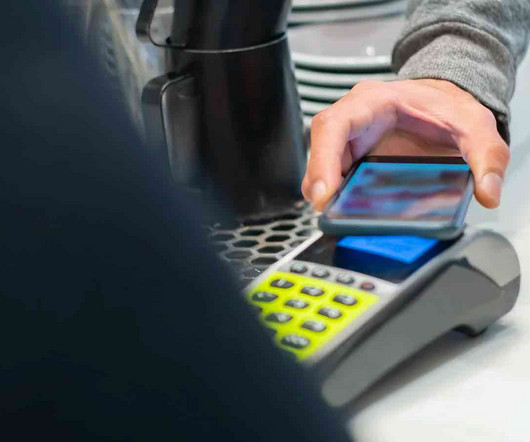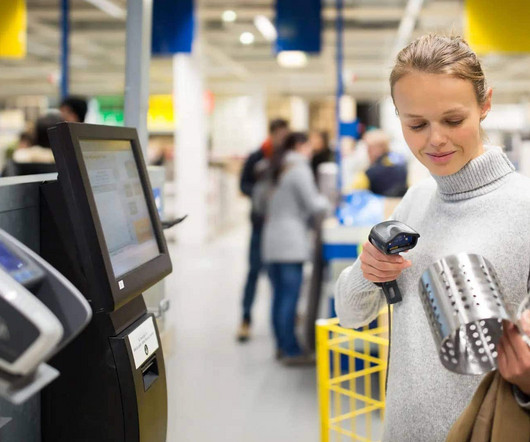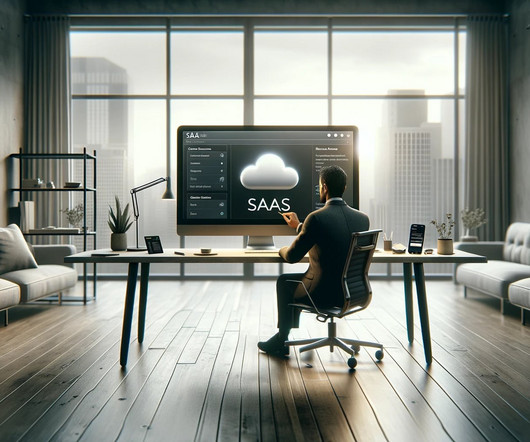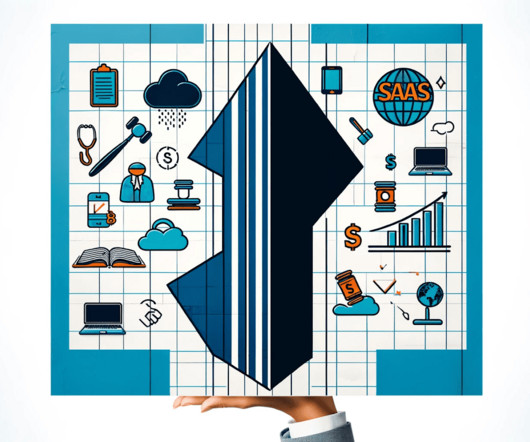Tap to Pay: What It Is and How It Works
Stax
NOVEMBER 13, 2023
Since the first plastic credit card was issued by American Express in 1959 , payment tech progress has been growing exponentially. Magnetic stripe payments enjoyed a 30-year reign between the ’70s and ’90s. Contactless payments became a must-have during COVID. NFC technology is in the midst of an evolution.













Let's personalize your content